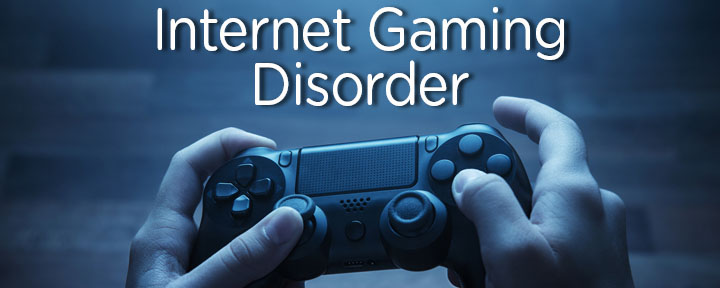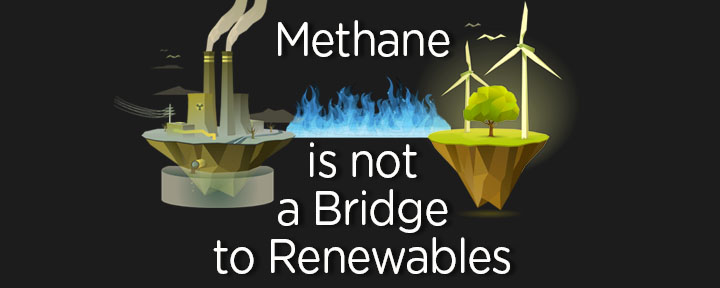
With the skyrocketing cost of college tuition, you may be wondering what the return on investment (ROI) is today. The average college graduate with a bachelor’s degree, will earn about $78,000 per year compared to just $45,000 for those with a high school diploma. The ROI is about 14%, which is considerably higher than the typical 8-9% investors expect from the stock market and other investments.
So keep up your grades and get your college degrees!
[Source]

With the skyrocketing cost of college tuition, you may be wondering what the return on investment (ROI) is today. The average college graduate with a bachelor’s degree, will earn about $78,000 per year compared to just $45,000 for those with a high school diploma. The ROI is about 14%, which is considerably higher than the typical 8-9% investors expect from the stock market and other investments.
So keep up your grades and get your college degrees!
[Source]


In this podcast, I interview my former student Eric Wei about his journey to University of British Columbia, his selection of Urban Forestry, as his major, and how he got a job jumping out of helicopters as a Wildland Fire Fighter!
To listen to today’s podcast, find GakkoMom on iTunes and subscribe to it, or listen below:

Did you know that video game addiction is a real thing? Its official name is Internet Gaming Disorder (IGD) according to the World Health Organization’s International Classification of Diseases. The definition is an online gamer who plays compulsively to the exclusion of other interests, including school and family life. Sound familiar?
Parents are coming to terms with this disorder as they watch their healthy teens become anti-social and reclusive. Kids diagnosed with IGD play video games until the wee hours of the morning and they’re exhausted when it’s time to get up and go to school. Parents complain that their teens are falling asleep on the way to school and need naps when they get home.
I’ve recommended that these parents turn off the internet for the entire house when they go to bed and keep it off until they leave for work and school in the morning. IGD kids will still try to find ways to get online; some will hack back into their internet and others will sneak out of the house to play wherever they can get online.
One of my clients, a college student, missed his midterm exam because he was gaming until 4:00 AM and didn’t hear the 3 alarms that he had set for the morning. This was just the tip of the iceberg. He didn’t go to classes, didn’t write his papers, and didn’t show up for his final exams. His parents had no idea until they saw his transcript: all F’s and W’s (withdrawals).
In China, so many teens are addicted to video games that they’ve imposed a curfew on minors. Gamers are not allowed to play online games between 10:00 PM and 8:00 AM. On school days, minors can only play 90 minutes per day; and on weekends, they can play up to 3 hours per day. China has also placed restrictions on the amount of money minors can transfer to their online gaming accounts. Kids 16 years and younger can only transfer $29 per month, and 17-18 year olds can transfer $57 per month.
While men are more susceptible to gaming addiction, all kids can become victims. Gaming companies design games with the intent of luring kids in and getting them to play without concern about homework, family, or friends. It’s up to parents to set up rules and guidelines for their families to prevent their kids from becoming addicted to video games.
[Source]

New Podcast: I was recently a guest on Chanelle Neilson’s Read With You Presents podcast! The topic of the interview was “How to Be Intentional with Children’s Education”. It was a great time, and we covered a lot of ground!
You can listen to the podcast here, subscribe to the Read With You Presents podcast here, and read the show notes here!

Don’t be fooled by the term “bridge fuel” to renewable energy. When my daughters were promoting a hydrogen economy back in the early 2000s, the Department of Energy (DOE) met with them to encourage them to be patient and to support the bridge fuel of natural gas to move towards renewable energy. “Natural gas” is really a misnomer. It leads one to believe that it is environmentally friendly, but it is NOT! Natural gas = METHANE.
The climate crisis is happening now and we have less than a decade to mitigate the CO2 problem that we face. So 20 years ago when Nicole and Jaclyn were promoting hydrogen fuel cells and a hydrogen economy, they were on the right track. If we would have moved to a hydrogen or any sustainable energy source over the past 20 years, we wouldn’t be on a collision course that will kill millions of people and cause billions of dollars in damages.
America has pushed natural gas production both here in the United States and all over the world. The way we get natural gas is by FRACKING. Oil and gas companies drill wells that require 1 million gallons of water per well and 50 known carcinogens to capture the methane underground. The process is sloppy and methane escapes during the fracking process. Because fracking is used all over the world and here in America, natural gas (methane) is the fastest growing fossil fuel. What’s worse, methane is a terrible greenhouse gas and it’s 20 times more powerful than CO2. The “bridge fuel” is now being called the “forever fuel.” Hmm. Sounds like a bait and switch scam.
Want to learn more about fracking and how it is contaminating the water here in the United States? Watch GASLAND 2 on vimeo.com. I’ve watched it with my students and they are standing up for their rights to clean water and the truth about our energy and corruption. Seriously, watch GASLAND 2 by Josh Fox and encourage your family and friends to do the same. For me, it was life changing.

Did you know that 7 people die in home fires every day? If you don’t have a smoke alarm in each of your bedrooms, the American Red Cross will install smoke detectors in your bedrooms for FREE!
Red Cross, firefighters, and other volunteers are installing free smoke alarms, replacing batteries in existing alarms, and giving tips on fire prevention across America. They’ve reached almost a million households.
Click here to have the Red Cross install smoke alarms in every bedroom in your home or replace batteries.
Not in California? Click here.
[Source]

I didn’t believe it when I first read it: One in five college students report not having enough food to eat on a regular basis. In America? College students? And that’s not all. One in ten students at the community colleges report not eating for an entire day.
When college dining halls fill trays of food to keep their buffets full, you know there is a lot of waste at the end of every breakfast, lunch, and dinner hours. Instead of throwing out the food, dining halls will redirect food resources to feed students who don’t have the funds to pay for meals.
The 2019 Campus Hunger Reduction Act will make sure that every college student has food to eat simply by cutting waste. Many wealthy students skip meals when they dine at restaurants or they go home for weekends or holidays. These meal credits are often lost if not redeemed within a certain time period. With the Campus Hunger Reduction Act, these lost meal swipes may be given to students who need meals. Food insecurity should not exist on campuses and it’s about time we stop overlooking it.
[Source]

So proud of Aidan Whitney. He founded Seeds of Hope – a project to plant ONE MILLION trees by 2025. The best part: all of these trees will be planted by students!
Aidan has planted 100s of trees himself, and he’s working with Bay Area teachers to encourage them to mentor students as they plant trees. He has even written curriculum and made videos to streamline the process.
Check out his website at seedsofhopeproject.com.

How do we comfort Syrian refugee children when their world is in shambles? Sesame Street to the rescue! With 6 million children displaced because of the conflict in Syria, they don’t have schools or consistency. Many have witnessed the death of their parents, siblings, and friends. A new Sesame Street program called Ahlan Simsim in Arabic offers social-emotional skills, including coping strategies like counting to five and belly breathing.
The show features 2 characters who speak Arabic and features stories about having to leave their toys at their old home and other issues that the children face in their displacement. Art therapists, psychologist, and writers collaborated to develop these programs. Leave it to Sesame Street to do the research to develop shows that address children in crisis.
[Source]
